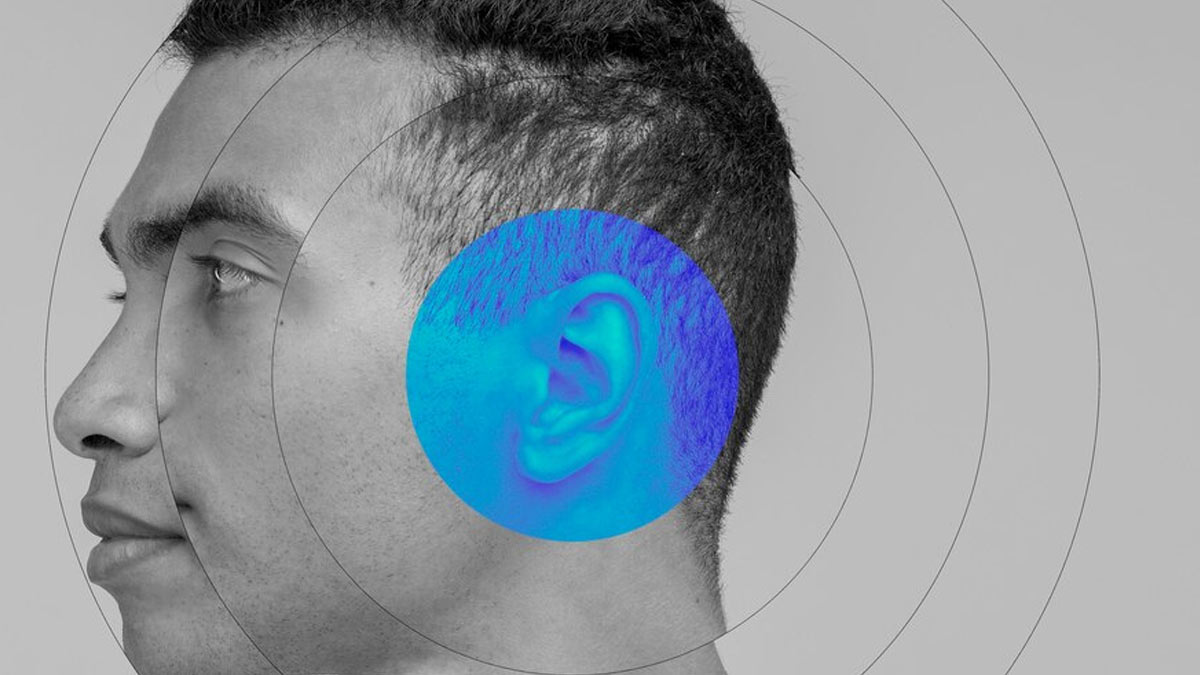
COVID-19 has remained a subject of great curiosity for many scientists and infectious disease specialists. Due to its unique characteristics, the SARS-CoV-2 virus has surprised many in various ways and continues to do so till date.
Table of Content:-
Despite being a respiratory illness, many studies have highlighted how the disease impacts different parts of the body, including the ear. A 2023 study published in Frontiers in Public Health found that nearly half of the 2,247 participants who had COVID experienced some type of hearing or balancing issue, with a prevalence among women, younger people, and healthcare workers. Researchers noted that vertigo was the most frequent issue, followed by ringing in the ears (tinnitus), ear pain, and a feeling of fullness in the ear.
Now, a new study published in the American Journal of Otolaryngology has discovered how the virus can act as a silent reservoir and be present in the middle ear for up to a month post-infection.
Also Read: From Eris To Pirola, Latest COVID-19 Variants To Watch Out For: Symptoms To Note
Latest Findings On COVID-19 Virus

The study investigated if the Omicron variant of COVID-19 could cause middle ear fluid buildup in adults and found a potential association between the COVID virus and patients developing Otitis Media with Effusion (OME).
Ear doctors in China examined people who had OME after an Omicron infection.
After the fluid was removed from their ears and tested for the virus, out of 23 patients, three had the virus in their ear fluid, even though their initial COVID infection was weeks ago.
This suggested that Omicron might play a role in OME and could linger in the ear for a while.
Chengzhou Han, from Wuxi Huishan District People's Hospital in China and study author, said, “Our study highlights the potential effects of COVID-19 on the middle ear, suggesting a link between SARS-CoV-2 and OME onset.”
“The virus, a significant contributor to OME, is detectable in the middle ear nearly a month post-Omicron infection, indicating a potential alteration in OME treatment strategies and a risk of recurrence, emphasising the necessity for otolaryngologist vigilance,” Han added.
The study, conducted from January to June 2023, included 23 patients between 32 and 84 years who presented with OME post-Omicron infection.
What Is Otitis Media With Effusion (OME)?

Fluid buildup in the middle ear without the presence of an acute infection is characteristic of OME, a condition that is one of the most frequent infectious diseases in children and the most common cause of acquired hearing loss in childhood, as per StatPearls Publishing.
OME often occurs after a cold or upper respiratory infection when the Eustachian tube, which drains fluid from the middle ear, gets blocked.
In children, certain factors can increase the risk of OME. These include:
- Having frequent colds
- Being around a smoker
- Lack of breastfeeding
- Being bottle-fed while lying straight or on their back
- Having a history of yearly or seasonal ear infections
Also Read: Study Finds Long COVID Can Occur In People Who’ve Tested Negative For COVID: Know The Signs
Symptoms Of OME

Common symptoms of OME include:
- Muffled hearing
- Feeling of fullness in the ear
- Balance problems and dizziness are often more common in young children.
- Earaches
- Hearing problems
In young children, do not ignore when they turn up the volume on the TV, have difficulty following conversations, or seem withdrawn due to hearing difficulties. They might also pull or tug on their ears.
Treatment Options
According to WebMD, OME-associated fluid buildup clears away in 4-6 weeks without any treatment.
In certain cases where the child has any other infection apart from OME, doctors may prescribe antibiotic medications.
In cases where OME does not go away even in 2-3 months, doctors may recommend a surgical procedure known as myringotomy, which creates a hole in the eardrum to allow fluid to drain out.
Also watch this video
How we keep this article up to date:
We work with experts and keep a close eye on the latest in health and wellness. Whenever there is a new research or helpful information, we update our articles with accurate and useful advice.
Current Version